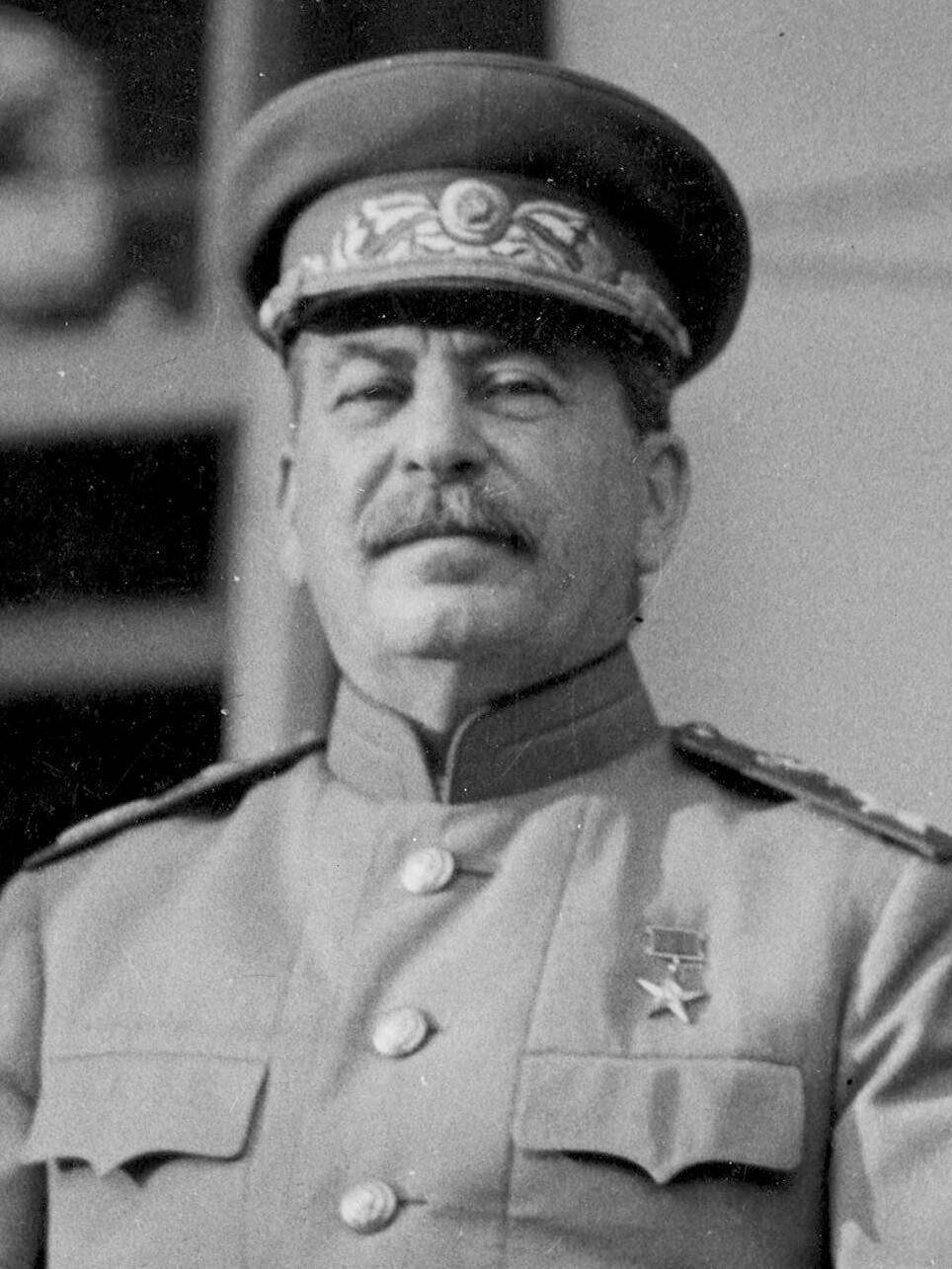Joseph Stalin’s paranoia was infamous during his term as the Soviet Union’s leader from 1928 to 1953, and it ultimately contributed to his death. However, the circumstances surrounding his death were shrouded in mystery for many years, and only recently has the truth been uncovered.
One of Stalin’s most stringent rules was that no one was permitted to enter his bedroom without his explicit permission. This rule was enforced through extreme measures, as anyone who breached it faced the punishment of death. Stalin was so paranoid that he even introduced a new regulation called “Protocol No. 42,” which required all guests who visited him in the evening to leave by ten o’clock at the latest.
One evening, Stalin decided to test his guards by pretending to be in distress and calling for their assistance. He ordered his head of security, Nikolai Vavilov, to stand outside his bedroom door and listen to his cries for help. When Vavilov rushed into the room, Stalin had him seized and summarily executed for his failure to obey orders.
Although Stalin’s test was successful, it turned out to be a fatal mistake. About two months later, Stalin experienced a severe seizure in his sleep. His bodyguard, Nikolai Vlasik, who was sleeping outside Stalin’s bedroom, immediately informed Vavilov of the incident.
But, because Stalin’s guards were still numbed by a similar incident, which would have cost them their lives, they hesitated before entering Stalin’s bedroom. Three and a half hours passed before Vlasik and the doctors could enter Stalin’s bedroom, by which time it was far too late. Stalin was found in a state of deterioration and passed away three days later.
All these withheld details were made public by the KGB, which released shocking documents in 2012 that shed light on the dictator’s death. The documents confirmed that Stalin’s paranoia brought about his unnatural death. It also led to numerous other misfortunes, from the mass purge of his political opponents in the Great Terror to rushed agricultural policies that caused mass starvation, known as the Holodomor in Ukraine.
In conclusion, Stalin’s paranoia created an oppressive climate that not only killed many innocents but also led to his own death. His strict rules and excessive demands on his subordinates ultimately cost him his life. The tragic events of his time serve as a warning against the dangers of absolute power and the deadly consequences it could lead to for individuals and nations.
image sources
- StalinCropped1943: https://commons.wikimedia.org/wiki/File:StalinCropped1943.jpg#/media/File:StalinCropped1943.jpg



